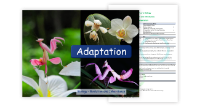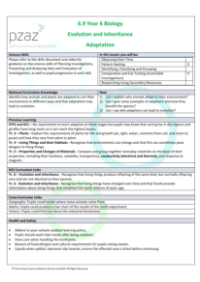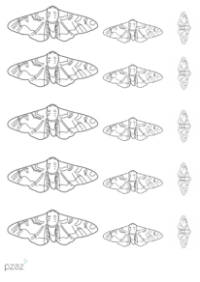Adaption - Teacher Explanation

Science Resource Description
Welcome to the Year 6 lesson on Adaptation, part of the Evolution and Inheritance Unit, which aligns with the National Curriculum. This lesson focuses on how animals and plants adapt to their environments in various ways, which can lead to evolution. It's essential to follow your school's outdoor learning policy, as students will engage in outdoor activities. Post-activity, handwashing with soap and water is crucial, especially after handling plants and soil. Safety considerations include careful handling of toothpicks used in the lesson, awareness of potential allergies or cultural food sensitivities, and immediate clean-up of any liquid spills to prevent slipping hazards. The lesson also integrates cross-curricular links with geography, mathematics, and history, enhancing the learning experience.
During the lesson, students will explore the concept of adaptation through hands-on activities. One activity involves illustrating how certain creatures have evolved a distasteful flavour to deter predators, using jelly sweets and licorice to simulate this. The likelihood is that the licorice, representing the less palatable option, will be left behind, similar to how certain caterpillars have evolved to taste unpleasant to birds. This experiment is a practical demonstration of how taste can be an adaptation for survival. Another activity, 'Camo creature', investigates the effectiveness of camouflage in concealing animals from predators and prey. Students will create camouflaged creatures and test their visibility at various distances, mimicking the way animals blend into their environments. The lesson also includes an experiment demonstrating how blubber acts as insulation for animals living in cold climates. Through these engaging activities, students will gain a deeper understanding of the principles of adaptation and survival in the animal kingdom.







